

Highlights
THE BOTTOM LINE
GPRS Video Pipe Inspection services helped a contractor in Seattle assess how to repair cracked sanitary sewer lines under a new high school campus.
INDUSTRY
SERVICE
LOCATION
Seattle, Washington
GPRS Insight
Deliverables
PROJECT APPLICATION
ASK
Task
Locate, map, and catalogue defects in cast iron sanitary sewer lines in and around a newly built high school near Lake Washington
PROBLEM
- Rainier Beach High School’s new four-story school building was beginning to sink into the ground, causing the cast iron sanitary sewer pipes underneath to crack and break
- A plumber working on the project had sewer inspection equipment, but had been unable to locate the defects and breaks in the pipes
Solution
- GPRS deployed a remote-controlled sewer inspection crawler, push-fed sewer scope, and utilized electromagnetic (EM) locating to map the sewer lines and find the defects
- The GPRS Project Manager returned to the site several times to inspect additional lines after jetting had cleared the blockages he’d identified during his initial investigation
- All the data was compiled into a NASSCO-compliant WinCan report, with every defect ranked by severity and identified with photo and video evidence
Benefits
- The data collected by GPRS allowed the client to effectively plan a large-scale repair to address the breaking sewer pipes
- The client now knows the precise location of all defects and the severity of the issues, allowing them to avoid costly and destructive exploratory potholing address the problem in a timely manner
CASE STUDY GALLERY
No items found.



.svg)
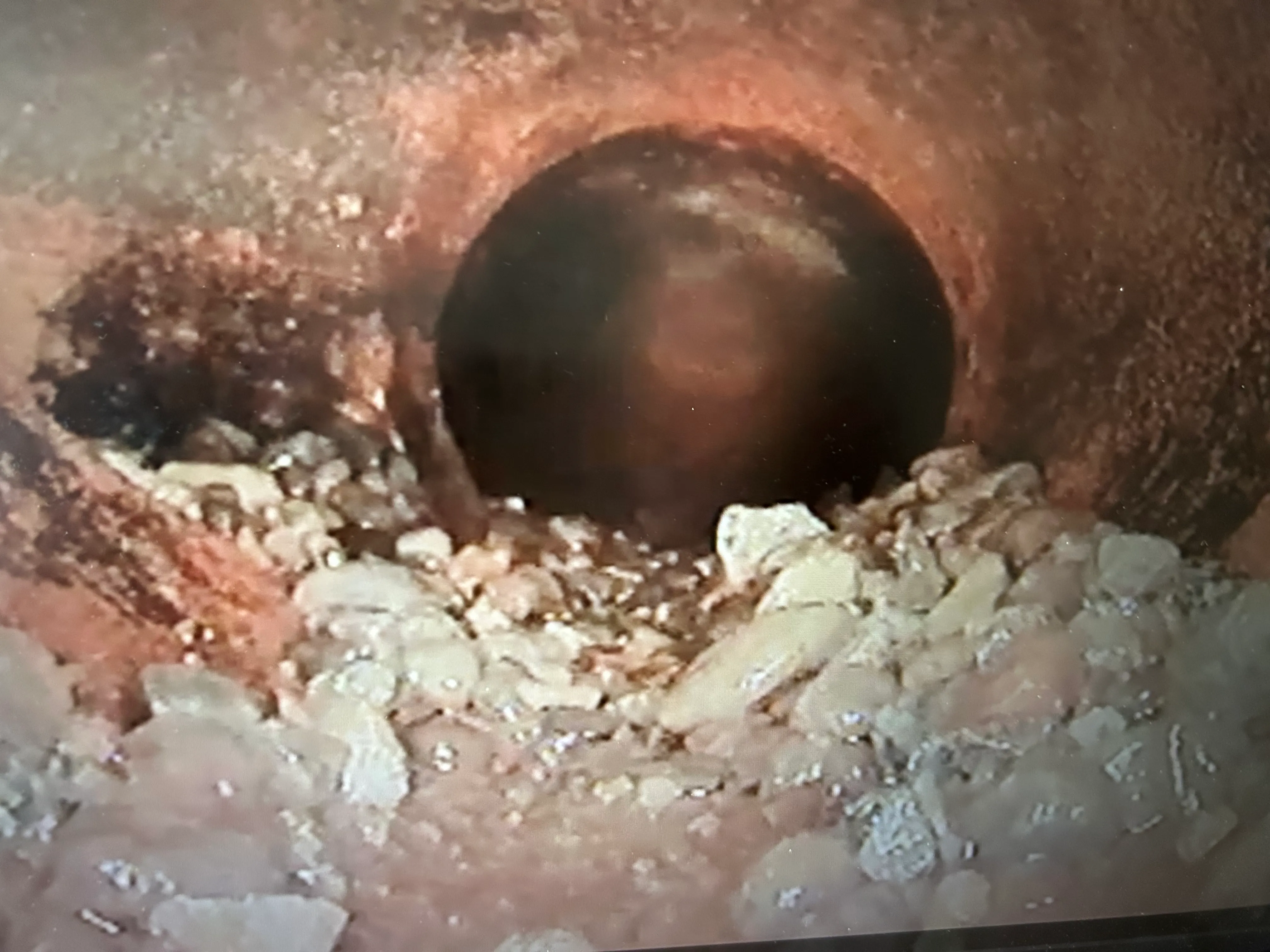
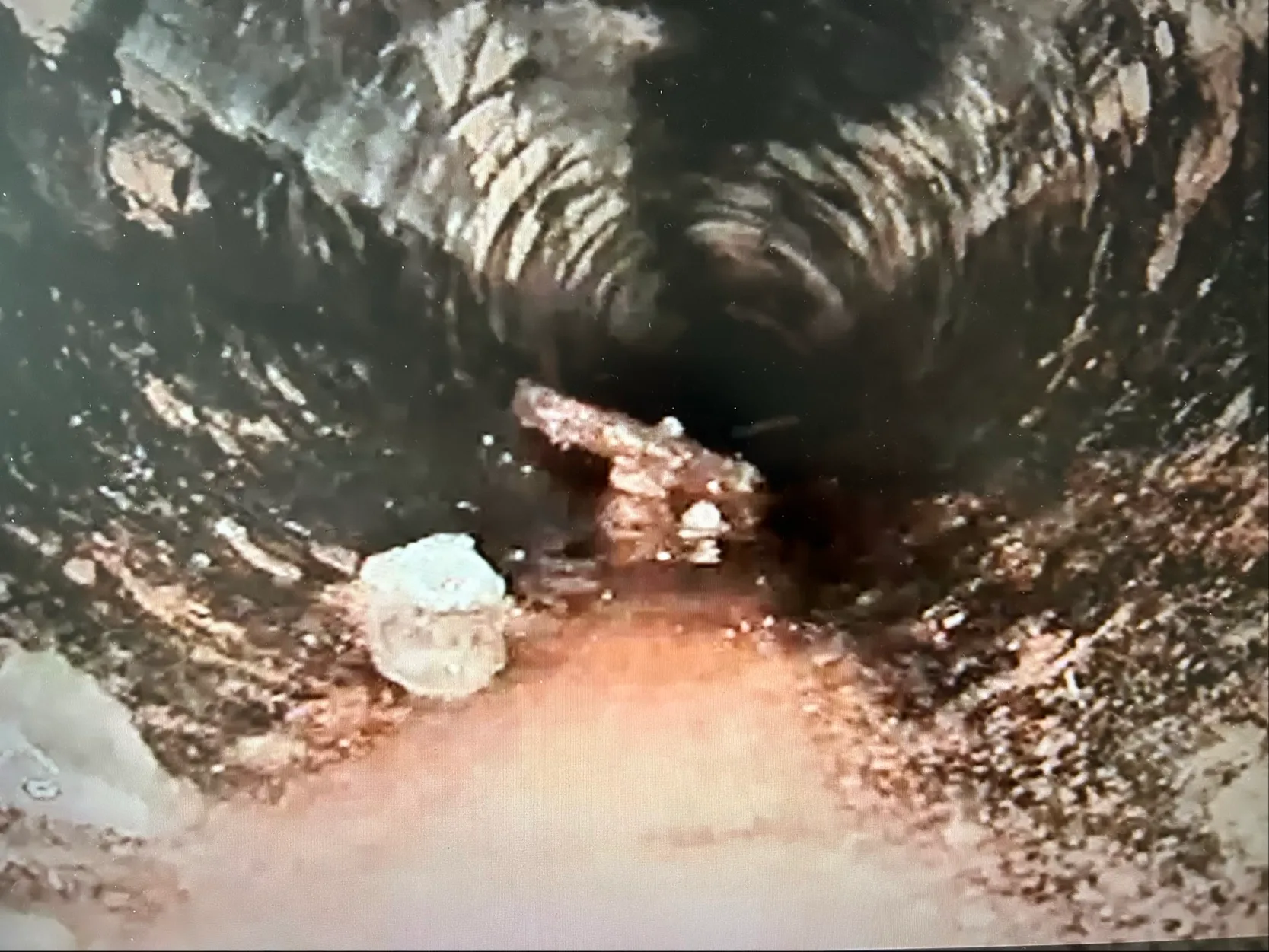
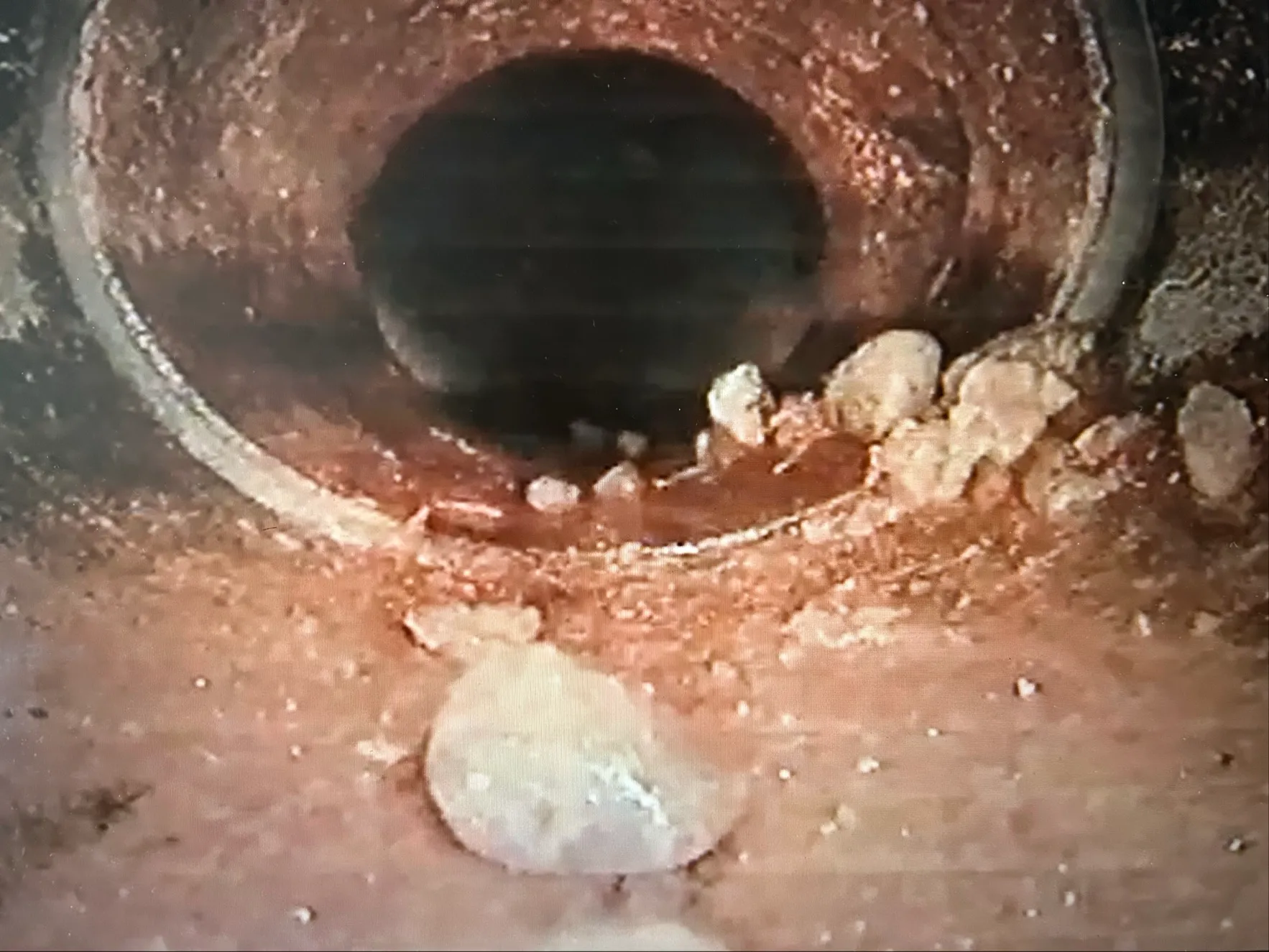



.avif)


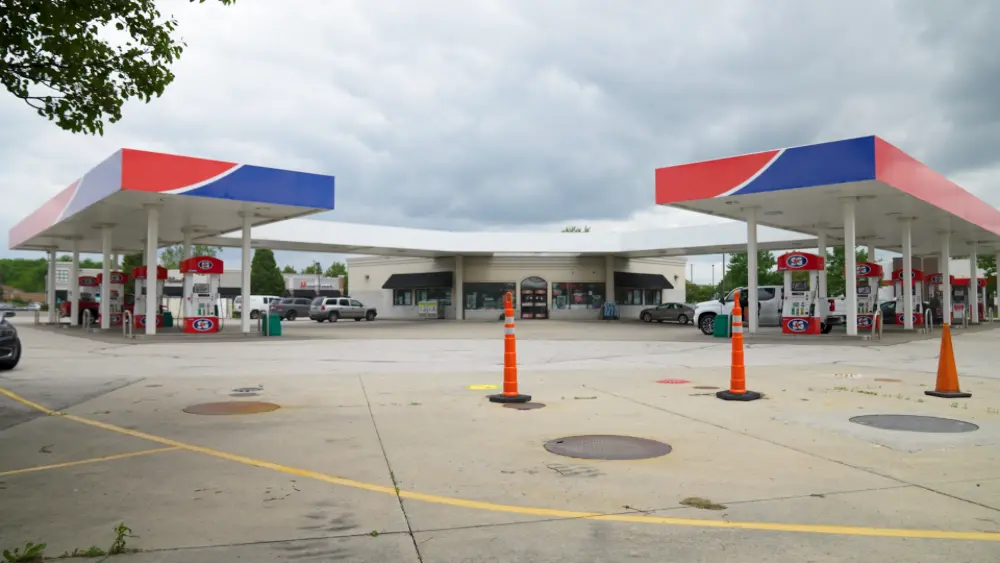
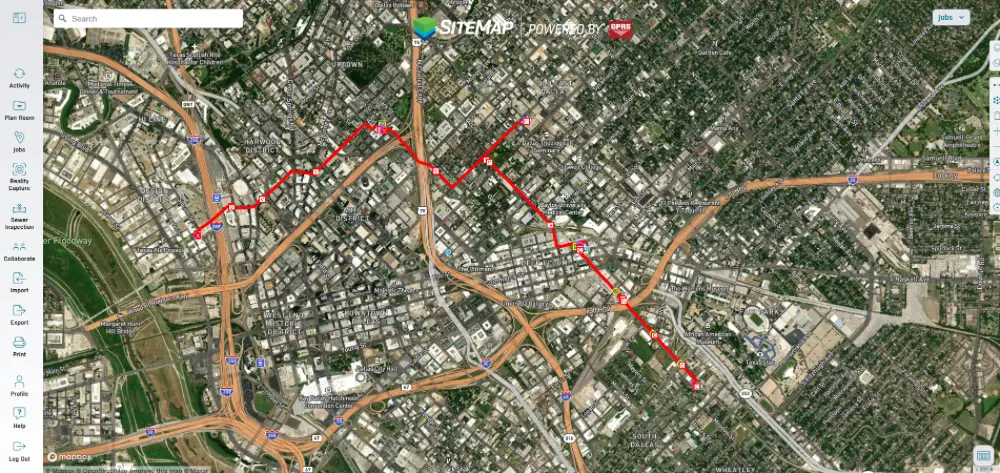

.avif)

